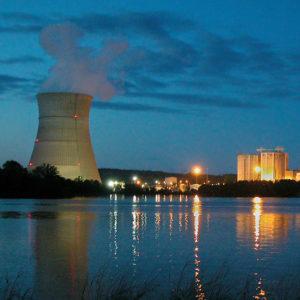 Arkansas Nuclear One
Arkansas Nuclear One
Entry Category: Environmental Issues and Controversies
 Arkansas Nuclear One
Arkansas Nuclear One
 Arkansas Nuclear One
Arkansas Nuclear One
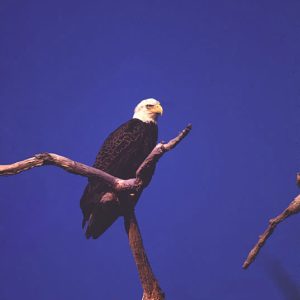 Bald Eagle
Bald Eagle
 Bull Shoals Dam
Bull Shoals Dam
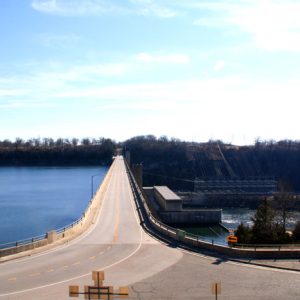 Bull Shoals Dam
Bull Shoals Dam
Climate Change
aka: Global Warming
Endangered, Threatened, and Rare Species
 Flint Creek Power Plant
Flint Creek Power Plant
Flint Creek Power Plant
Forest Management and Conservation
 Greers Ferry Lake Filling
Greers Ferry Lake Filling
Independence Steam Electric Station
Invasive Animals
aka: Alien Animals
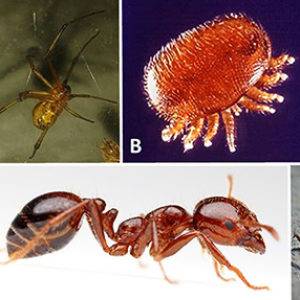 Invasive Arthropods
Invasive Arthropods
 Invasive Ferns and Forbs
Invasive Ferns and Forbs
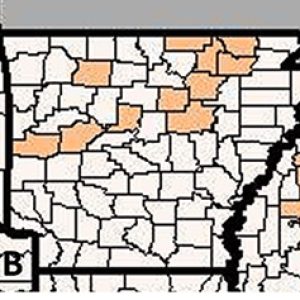 Invasive Grasses
Invasive Grasses
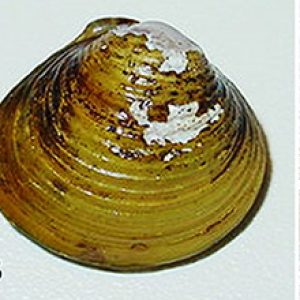 Invasive Invertebrates
Invasive Invertebrates
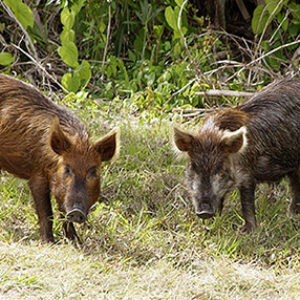 Invasive Mammals
Invasive Mammals
Invasive Plants
aka: Exotic Plants
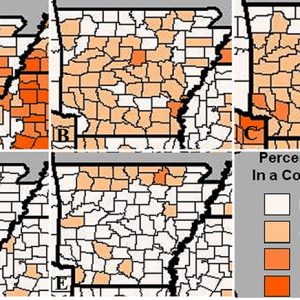 Invasive Shrubs
Invasive Shrubs
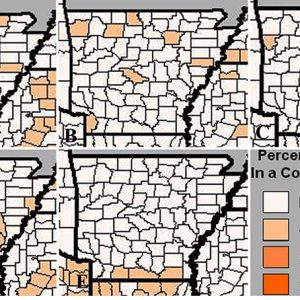 Invasive Trees
Invasive Trees
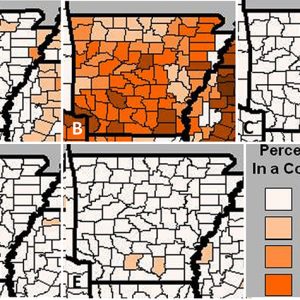 Invasive Vines
Invasive Vines
Ivory-billed Woodpeckers
aka: Campephilus principalis
 Mayflower Oil Spill
Mayflower Oil Spill
 Norfork Dam
Norfork Dam
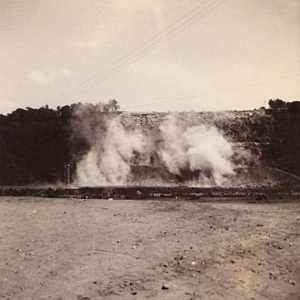 Norfork Dam Construction
Norfork Dam Construction
 North Fork River Bridge
North Fork River Bridge
Northern Snakehead
aka: Channa argus
aka: Snakehead
 Oil Field Workers
Oil Field Workers
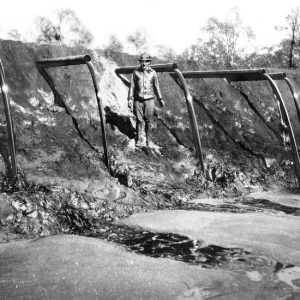 Oil Well Flow
Oil Well Flow
Passenger Pigeons
aka: Ectopistes migratorius
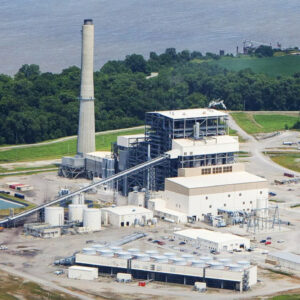 Plum Point Energy Station
Plum Point Energy Station
Plum Point Energy Station
Red-cockaded Woodpeckers
aka: Picoides borealis
 Richland Creek
Richland Creek
River Designations
aka: Wild and Scenic Rivers
aka: Arkansas Natural and Scenic Rivers System
Soil and Water Conservation Districts
Soil Conservation
 Vertac Site
Vertac Site
Vertac
White Bluff Generating Plant
 White Bluff Station
White Bluff Station




